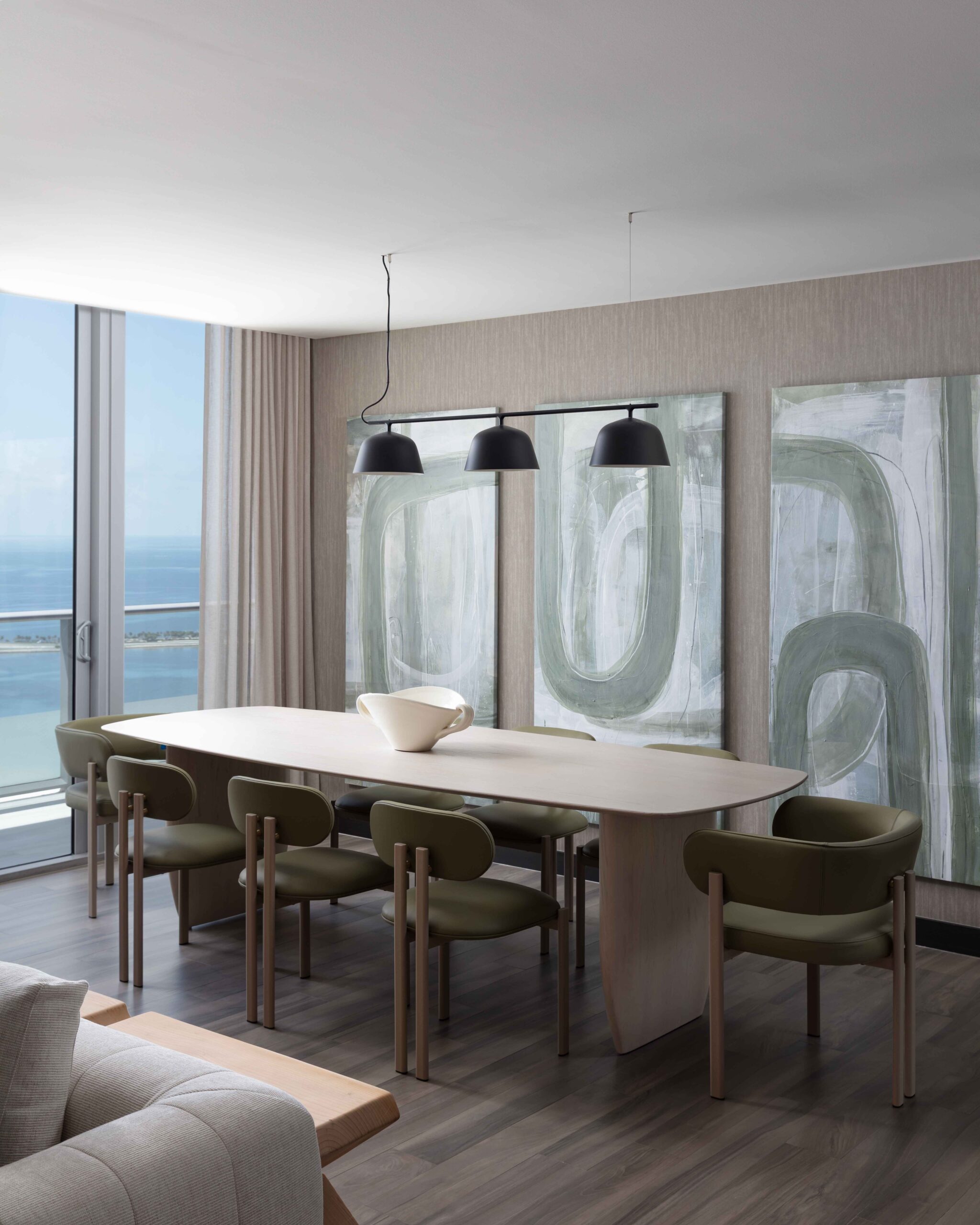How interior design shapes our mood, memory, and sense of belonging.
Every space tells a story — not just through form and material, but through emotion. Interior design, when done with purpose, has the ability to influence how we think, feel, and connect. It’s the invisible architecture of emotion — the art of crafting spaces that touch the heart as much as they please the eye.
The Emotional Language of Space
From the moment we enter a room, our bodies react. The lighting, the proportions, the textures — all communicate subconsciously. A narrow hallway can evoke intimacy or tension, while a high-ceilinged atrium can inspire awe or serenity.
Designers act as storytellers of emotion. They choreograph experiences through scale and sequence, ensuring that every spatial transition feels intentional. Even color, often dismissed as decorative, holds psychological power: cool blues calm, warm neutrals comfort, and deep tones ground us.
Memory, Familiarity, and the Sense of Home
Design is deeply personal. A space that feels luxurious to one person may feel cold to another. What connects us universally, however, is memory. The scent of polished wood, the warmth of sunlight on linen curtains, the sound of footsteps on marble — these elements trigger emotions rooted in experience.
Creating emotional connection means designing spaces that feel familiar yet elevated. Home is not about perfection; it’s about authenticity. The most successful interiors balance sophistication with warmth, inviting people not only to admire, but to inhabit.
Materiality and Emotion
Every material has a personality. Natural materials — stone, wood, and clay — connect us to the earth. They bring grounding energy and timelessness. Reflective materials — glass, metal, and mirror — introduce dynamism and lightness. Designers weave these together to express mood and identity.
Soft textiles bring comfort. Raw finishes add honesty. Handcrafted elements introduce soul — the human touch that mass production can’t replicate. Emotion in design lives in these details, the imperfections that make a space feel alive.
The Power of Light to Move Us
Light is emotion in its purest form. Morning light energizes, afternoon light soothes, and evening light comforts. Designers who understand the choreography of illumination can manipulate atmosphere like music — shifting from bright crescendo to soft whisper.
Layered lighting, in particular, transforms emotion. Ambient light creates foundation, task light provides focus, and accent light adds drama. Together, they form a composition that shapes both mood and movement.
Spatial Flow and Human Behavior
Emotion is not static — it moves with us. That’s why spatial flow is crucial. Open plans evoke freedom; defined spaces create security. Circulation, sightlines, and thresholds influence how we feel in ways we rarely articulate.
A well-designed home invites movement without confusion. It creates natural pauses — a window seat, a reading corner, a framed view — where emotion can settle. Designers who think beyond layout and into behavior craft experiences, not just interiors.
The Future of Emotional Design
As the world grows more digital, the need for emotional connection intensifies. Biophilic design — integrating natural elements like greenery, water, and organic forms — answers this need. Spaces that mimic nature’s patterns lower stress, enhance creativity, and restore balance.
Technology, too, can serve emotion when used wisely. Smart systems that adapt lighting to circadian rhythms, temperature to comfort, and sound to mood personalize the emotional atmosphere. The goal is not automation, but harmony — where design responds to life, quietly and intuitively.
Design with Purpose, Create with Feeling
Emotional design is not about indulgence; it’s about empathy. It’s about creating spaces that understand people — their rhythms, their vulnerabilities, their need for comfort and inspiration.
When proportion, material, and light align with human feeling, design transcends aesthetics. It becomes poetry in three dimensions. It becomes the invisible architecture that shelters not just the body, but the soul.

